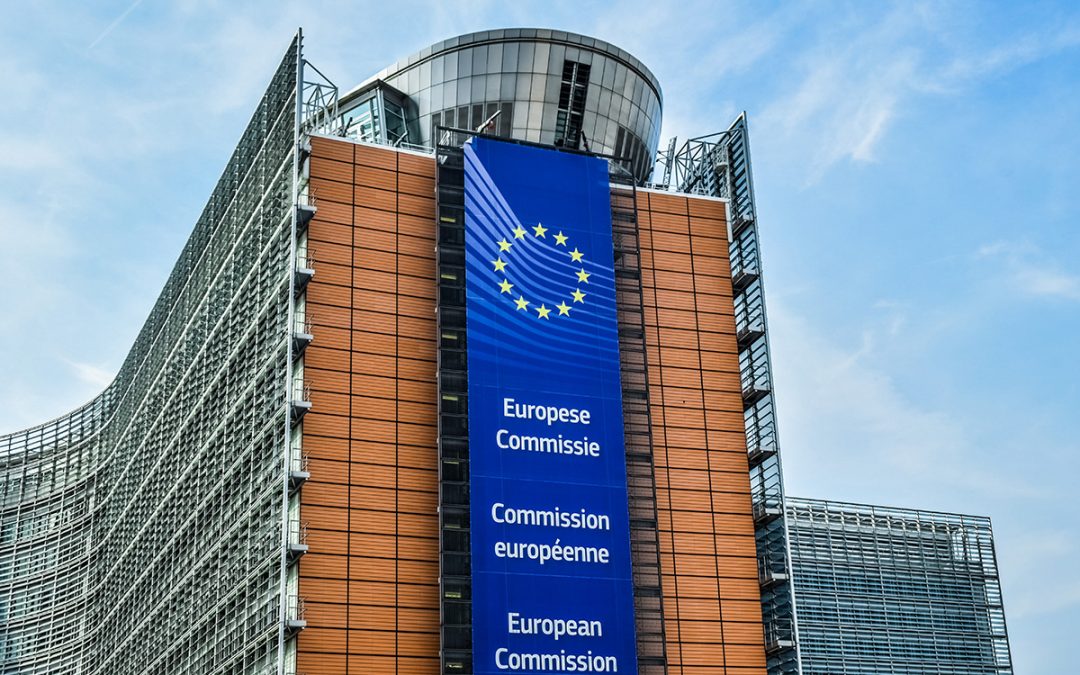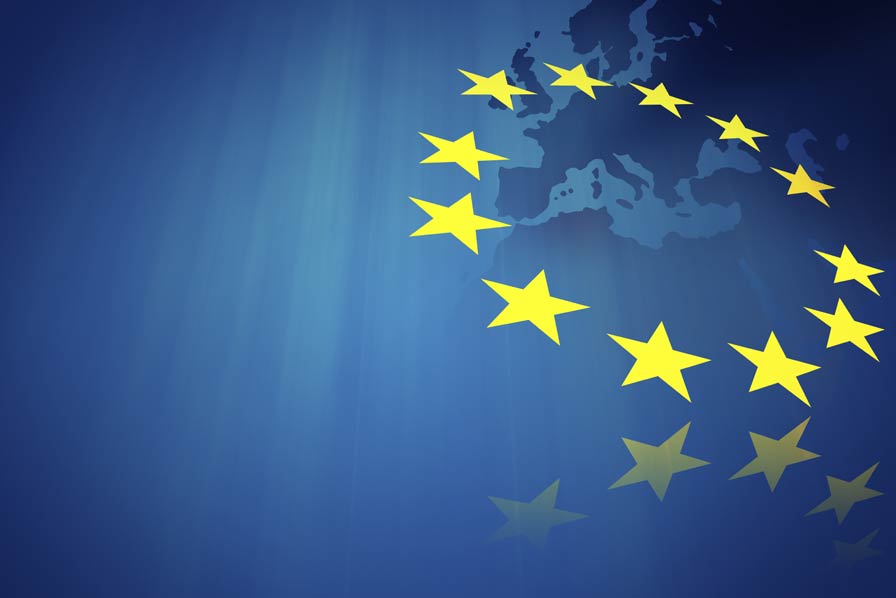The Medical Device Coordination Group (MDCG), an advisory body of the European Commission, the EU regulating authority in the sphere of medical devices, has published updated guidance on standardization.

Due to its legal nature, the document should neither be treated as representing the official position of the authority nor introducing any requirements the parties involved shall follow. In case of any discrepancies with the provisions of the applicable EU laws, the latter shall prevail.

Scope and Regulatory Background
The present MDCG guidance is intended to clarify regulatory matters associated with the standards to be applied to medical devices placed on the EU market. In particular, the scope of the guidance covers the following aspects:
1. Current European framework on standardization,
2. Harmonised EU standards,
3. Regulatory bodies in the sphere of standardization, including the MDCG Subgroup on Standards and the CEN-Cenelec Advisory Board of Healthcare Standards (ABHS).
The current regulatory framework on medical devices includes the Directives, as well as the Regulations intended to replace them. The MDCG states that the aforementioned regulations employ the principles introduced by the “New Approach” and the “New Legislative Framework” policies, which prescribe the wide use of the harmonized European standards (hENs). According to the new framework, the regulation itself establishes only the main regulatory requirements the medical devices shall comply with, while the detailed requirements should be prescribed by the aforementioned standards. These standards are to be developed by the responsible entities in accordance with the appropriate requests (“mandates”) of the regulating authority. Hence, should the medical device be developed and manufactured strictly in accordance with the applicable harmonized standard, such medical device should be treated as compliant with any and all regulatory requirements. The medical device manufacturers are allowed to make references to the hENs listed in the Official Journal of the European Union (OJEU). Such references should be accepted by the notified bodies, regulating authorities, and other parties involved in conformity assessment of medical devices and other regulatory procedures associated thereto. This approach is intended to facilitate and simplify the procedures associated with placing medical devices on the market and post-market surveillance.
At the same time, the MDCG mentions that the harmonized European standards should be applied on a voluntary basis.
First, the MDCG outlines the main regulations implementing the new principles. These regulations include:
- Regulation (EU) No 1025/2012 on European standardization which sets forth the basics of standardization, including the applicable definitions, responsibilities of the parties involved, and also the applicable procedures;
- Rulings of the Court of Justice of the European Union;
- Vademecum on European standardization, which summarizes the applicable policies and guidelines;
- Communication from the Commission – Harmonized standards: Enhancing transparency and legal certainty for a fully functioning Single Market;
- Action plan.
The way of actual implementation of the principles set forth by the aforementioned documents is described in the additional document, namely:
- Procedures and guidance for the CEN-Cenelec Management Centre (CCMC), and
- Procedures and guidance for the HAS consultants (“Checklist – Verification of conditions for the publication of references of harmonized standards in the Official Journal”).
As mentioned, the harmonized standards are currently used on a voluntary basis. This approach is explicitly prescribed by the Standardization Regulation (EU) 1025/2012. According to the aforementioned regulation, standard stands for a technical specification, adopted by a recognized standardization body, for repeated or continuous application, with which compliance is not compulsory. Hence, a voluntary application basis is prescribed by default. At the same time, the MDCG states that in certain cases, compliance with harmonized standards is mandatory. For instance, this applies in terms of symbols and identification colors – they should comply with the harmonized standards in order to ensure the correct interpretation.
However, the medical device manufacturer has a right to implement an alternative approach, provided that such an approach allows ensuring compliance with the applicable regulatory requirements the medical device should meet. Moreover, the manufacturer shall be able to demonstrate conformity irrespectively to the particular standard used.

Harmonized European Standards: Key Points
Besides the aforementioned “presumption of conformity,” which is one of the main concepts used in the context of harmonized standards, under which a medical device developed and manufactured in accordance with an hEN should be deemed compliant with the applicable regulatory requirements, the present MDCG guidance further explains the specific features of the new type of standards. According to the document, a harmonized standard is a European standard adopted on the basis of a request made by the Commission for the application of Union harmonization legislation. This describes the way harmonized European standards should be introduced. Such standards should be developed by the following organizations:
- The European Committee for Standardization (CEN), and
- The European Committee for Electrotechnical Standardization (Cenelec).
The particular organization involved will depend on the type of medical device.
In accordance with the applicable legislation, the European Commission, as a regulating authority in the sphere of medical devices, is entitled to submit a request for the harmonized standard development to one or several organizations simultaneously. The MDCG states that the appropriate request of the Commission is necessary to commence the standard development process under the EU legislation. This has also been confirmed by the Court of Justice of the European Union.
The MDCG also describes the changes in the format such a request should be submitted in, namely:
1. Under the Directives, such requests have the format of standardization mandates, as letters addressed by the Commission to CEN and Cenelec.
2. Under the Regulations, a standardization request is required, which would contain the reasons, objectives and also outline the requirements and timelines. Such a request should be adopted by virtue of the Commission Implementing Decision.
According to the guidance, a standardization request submitted under the new framework could be subject to changes and amendments.
The development of a new harmonized standard itself should be performed by the specific Technical Committees (TCs) of the standardization organizations in accordance with their internal rules. In the course of this process, which includes several stages, national and international experts could be engaged when necessary. As one of the stages, the draft standard should be subject to assessment by the “Harmonized Standards (HAS) consultants.” During such an assessment, dedicated technical experts will assess compliance of the newly developed standard with the provisions of the EU legislation on medical devices.
In summary, the medical device manufacturer may choose the particular standard to be used at its sole discretion, provided the product itself complies with the applicable regulatory requirements set forth by the EU laws. Irrespective of the standard used, the manufacturer remains solely responsible for compliance of the medical device and shall provide sufficient evidence thereof. At the same time, neither notified bodies nor national regulating authorities are allowed to require the application of a specific standard. It is sufficient for a medical device to comply with the applicable regulatory requirements in order to be allowed for marketing and use in the EU.
How Can RegDesk Help?
RegDesk is a next-generation web-based software for medical device and IVD companies. Our cutting-edge platform uses machine learning to provide regulatory intelligence, application preparation, submission, and approvals management globally. Our clients also have access to our network of over 4000 compliance experts worldwide to obtain verification on critical questions. Applications that normally take 6 months to prepare can now be prepared within 6 days using RegDesk Dash(TM). Global expansion has never been this simple.
Sources:
https://ec.europa.eu/health/sites/health/files/md_sector/docs/md_mdcg_2021_5_en.pdf

